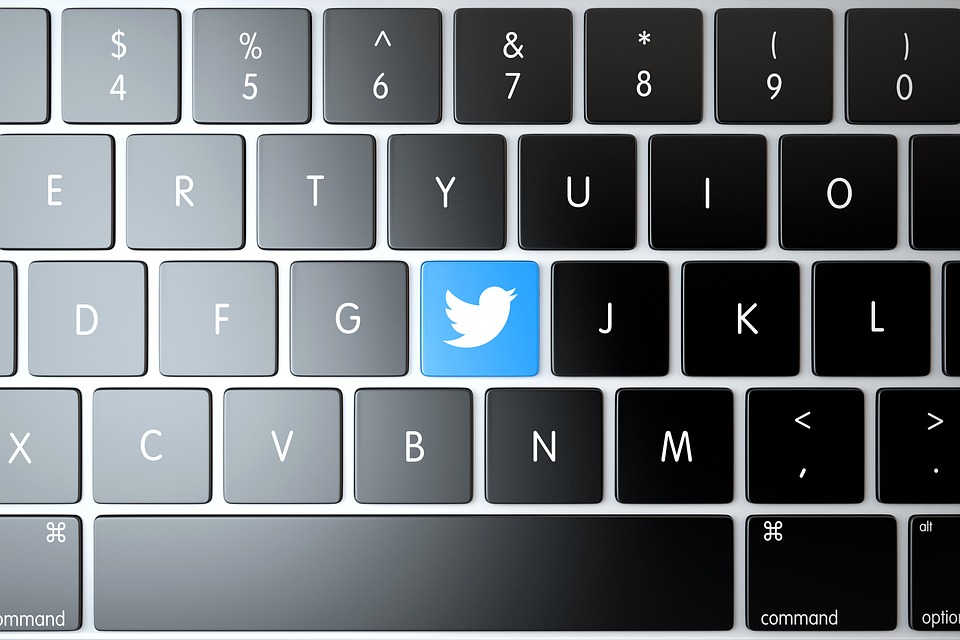In 2014, during the ALS Ice Bucket Challenge viral fever, one researcher became interested in how a campaign had millions around the world pouring cold water over themselves. Eventually, his curiosity turned into a mission: to find out why only some campaigns go viral.
In what some described as the most comprehensive study into virality thus far, Sander van der Linden, Ph.D., a Dutch social psychologist at Cambridge University, published his findings in the journal Nature Human Behaviour.
“I was interviewed by the New York Times about the ALS Ice Bucket Challenge. The campaign spread like wildfire on YouTube and Facebook. The author of the NYT piece wanted to know what made the campaign so successful, from a psychological angle,” van der Linden wrote in his Psychology Today column.
In his research, van der Linden developed the acronym “S.M.A.R.T.” to best describe the components of viral content. This acronym comprises Social influence, Moral imperative, Affective Reactions, and Translational impact.
According to van der Linden, the rapid increase in social network usage has enabled the public to respond to societal challenges in novel ways. This has contributed to the development of numerous viral campaigns on the internet.
The S.M.A.R.T Ingredients
Let’s breakdown the four ingredients that may help explain why only a few pieces of content go viral and most result in failure.
Social Influence
Based on principles of social psychology, people are more likely to be influenced by the behavior of others, if the subject and message are identified as either popular or relatable.
People are driven towards “informational” or “normative” influence.
Informational influence is characterized by attitudes toward behavior that occurs because, simply, everyone else is doing it. Normative influence is caused by social pressure, where the spectator believes that they should be participating with others.
Social networking sites have introduced forms of normative influence, causing individuals to exhibit social anxiety rooted in extensive social media usage and a lack of face-to-face social interaction.
“Fear of missing out” is a prime example of how normative influence could negatively affect one’s psychological well-being, as other studies have shown.
In the ALS Ice Bucket Challenge, for example, social media users contributed to the viral phenomenon because they felt it was a ‘socially desired‘ behavior.
Moral Imperative
Another contributing factor to a piece’s viral chances is a moral imperative that convinces others to act.
“Content that provides people with a strong moral imperative to act is more likely to go viral. This often includes moral transgressions and societal debates about what is right and wrong, such as polarized political affairs, or issues about social justice and fairness,” according to van der Linden.
The #MeToo campaign is a hallmark example of that.
Affective Reactions
Content that triggers either a powerful positive or negative reaction is more likely to go viral.
Positive emotions like empathy and compassion motivate users to share the content with their peers or family members. Negative emotions, induced by anger, strong moral outrage, or anxiety, follow the same pattern, with political stories initiating the loudest reactions by these users.
“Negative emotions can spread too, in fact, recent research has shown that exposure to immoral information online can lead to collective anger and outrage,” said van der Linden.
Translational Impact
In online virality, a campaign able to sustain the attention of users persistently and convert affective reactions into clicks and likes, has a translational impact. Moreover, if the campaign connects with the audience’s core beliefs and identity, then it will likely have a longer “half-life of altruism,” as the study suggested.
While the study only highlights four principles of virality, there are countless others. But the following four were seen as the most vital of all, based on the findings.
“Of course, there are other factors that go into the “virality equation” (e.g. novelty) and not all of these factors need to be present all of the time but I have repeatedly found that S.M.A.R.T. content is much more likely to go viral,” said van der Linden.

